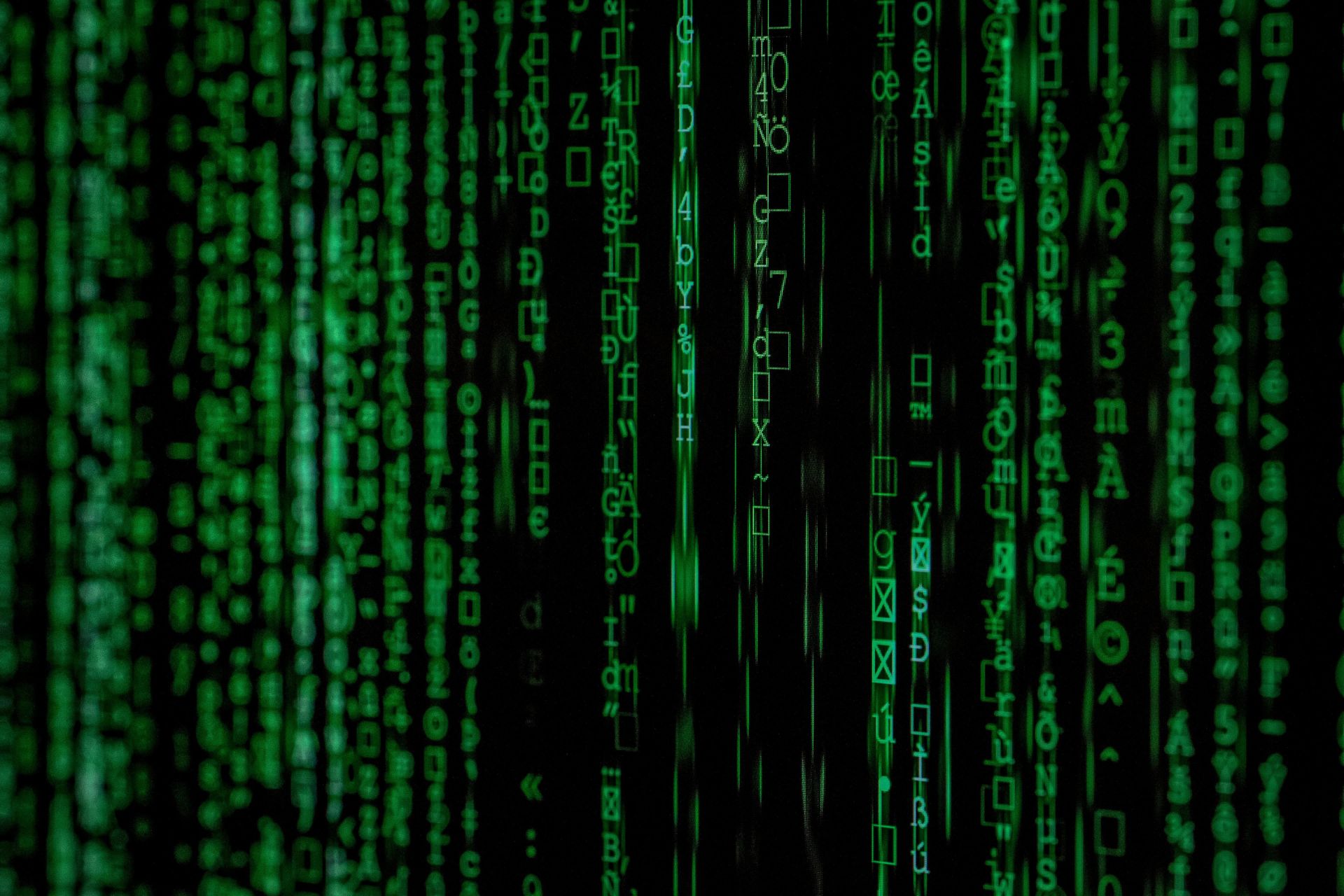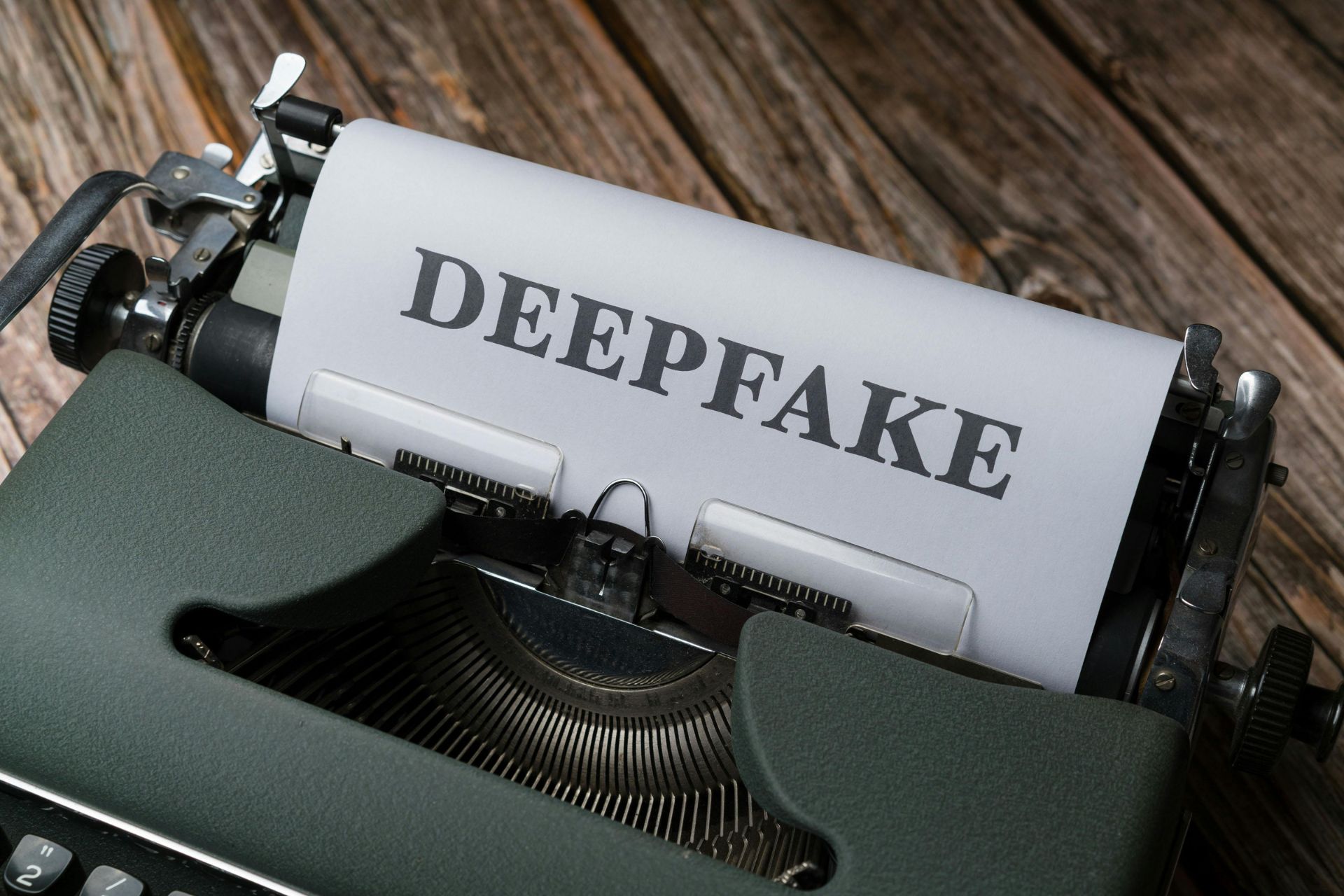
AI in Police Cryptocurrency Investigations 🚔
For better or worse, cryptocurrencies have become the center of online economic activity. Both legal and illicit investments in digital assets are linked to this new technology. Cryptocurrencies have a pseudo-anonymous nature, which was once a challenge for law enforcement investigations—but with AI, this is no longer a problem.
Cryptocurrencies are not completely anonymous. They leave small digital traces that can be tracked and analyzed. This is where AI steps in as a superhero. This tool is transforming how authorities address crimes involving digital assets.
AI as a Key Tool in Cryptocurrency Investigations
Criminal investigations into cryptocurrencies have advanced significantly since the early days, mainly due to the implementation of sophisticated technologies that allow for previously impossible tasks. All those transactions that used to be untraceable are now visible.
This unique ability to analyze and track large volumes of data has made Artificial Intelligence a key tool in investigations. Machine learning algorithms can now identify and memorize suspicious patterns. They can also detect hidden links between wallet addresses and spot behavioral anomalies that would go unnoticed by humans.
Data Analysis and Real-Time Activity Monitoring
To understand how AI helps solve crimes, we must first look at the tools law enforcement uses daily. Chainalysis is a leading blockchain analysis company. It uses advanced machine learning techniques to link real-world entities with on-chain activity. This platform processes millions of transactions daily, identifying patterns that would go undetected manually.
According to the annual report from the Internet Crime Complaint Center (IC3), last year saw over 859,000 cybercrime complaints in the United States. The report noted losses exceeding $16.6 billion, up 33% from 2023—a record compared to previous years. Without the help of AI tools, processing this volume of cases would be impossible.
This is where platforms like Chainalysis and Elliptic step in with algorithms capable of:
- Detecting money laundering patterns: Their algorithms analyze transaction behaviors. Elliptic, for example, has developed a specific AI-driven study to detect money laundering through Bitcoin.
- Tracking funds in real time: AI can track stolen funds as soon as a crime is reported—even if they go through multiple wallets.
- Identifying connections between criminal actors: These tools can map entire criminal networks, identifying links between wallets that would otherwise appear unrelated.
The Impact of AI on the Investigation Police (PDI)
The way police units handle cases involving cryptocurrencies has radically changed since the integration of AI. This is seen in the adoption of new tools for digital forensic analysis, on-chain transaction traceability, and 24/7 monitoring by the Digital Operations Groups (GOD).
Increased Efficiency in Investigations Related to Digital Assets
Specialized brigades have also started implementing AI for automating OSINT (open-source intelligence) data collection and identifying suspicious patterns within blockchain. These tools are also used to correlate information between electronic devices, social media activity, and financial transactions.
This automation makes it easier for investigators to trace crypto flows and map criminal networks with speed and precision—something unthinkable just a few years ago.
Success Cases and Tangible Results in AI-Led Investigations
The PDI has dramatically improved its performance in international certifications like Chainalysis Reactor, joining regional task forces alongside law enforcement agencies in the U.S., Colombia, and Mexico. These collaborations have been key to seizing digital assets tied to money laundering.
Meanwhile, in Europe—specifically in Spain—operations like “Operación Bonanza” have demonstrated the effectiveness of combining artificial intelligence with advanced blockchain analysis. Thanks to this collaboration between the National Police and Chainalysis, around $21 million or €19.4 million was tracked, frozen, and recovered. The funds were tied to a global Ponzi scheme that deceived over 50,000 victims.
This is just one example among thousands where AI has empowered law enforcement successfully—cases that would have otherwise been impossible to solve. With AI’s operational capabilities, asset seizures and the dismantling of criminal networks are now more effective than ever.
The Future of AI in Crypto-Related Crime Investigations
AI offers numerous benefits to law enforcement and has already proven its worth. From automated detection of laundering patterns to real-time alerts about advanced deepfake scams and constant monitoring of illicit transactions, it has become indispensable.
Still, not everything is perfect. We must remain vigilant about vulnerabilities that could expose AI tools to manipulation. What happens if attackers fool these models? And what about the massive amounts of data these AIs process? These challenges remain to be addressed in the years to come.
How will the role of AI in police investigations evolve?
Many argue that AI is still in a developmental phase—and we agree. Agencies will progress following a “Crypto Maturity Model”, transitioning from reactive to proactive responses. They’ll rely on public-private partnerships and joint training programs.
Additionally, governments are increasingly adapting their regulatory frameworks to integrate these technologies into daily operations. A good example is the new ethical and normative frameworks created by UNICRI or the EU, which aim to ensure responsible and reliable AI use.
AI is important today, but in the future, it will not only capture criminals but also help prevent attacks and anticipate crimes. However, its success will always depend on how well we balance innovation, international collaboration, and regulation.






